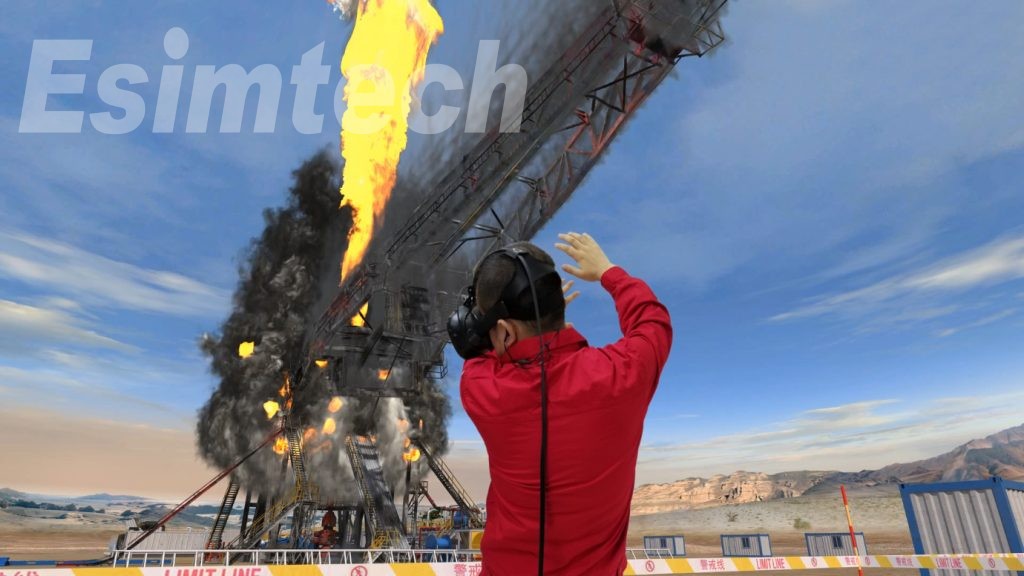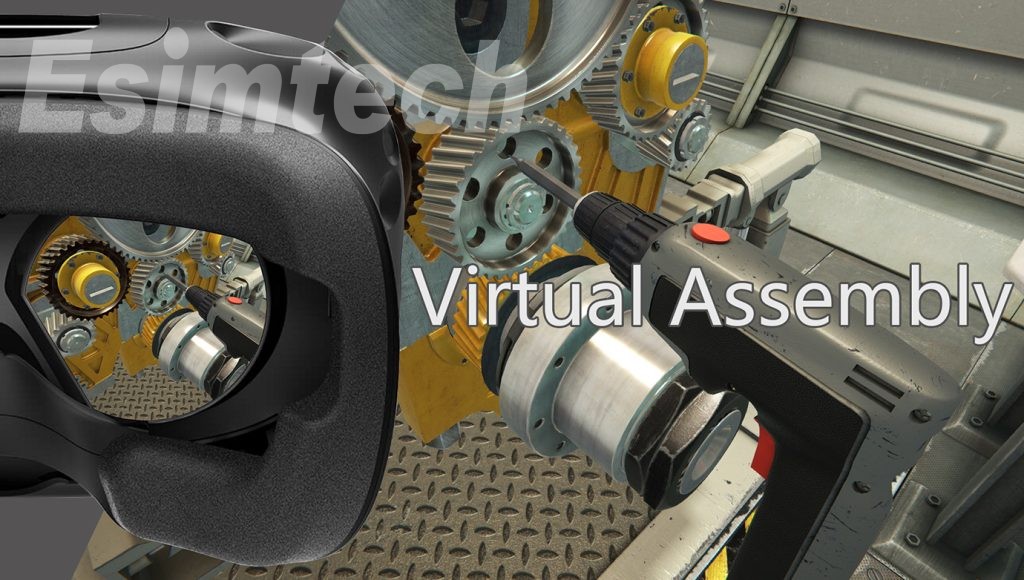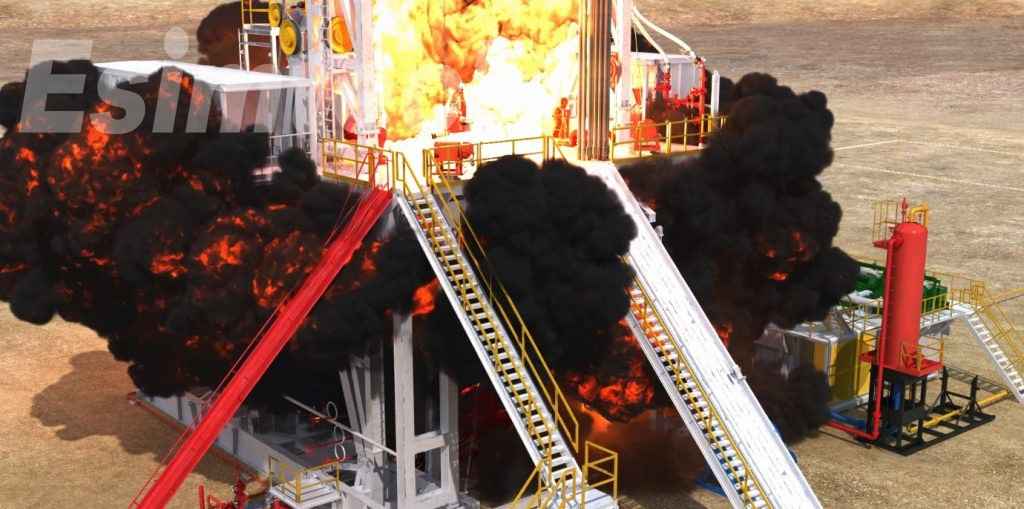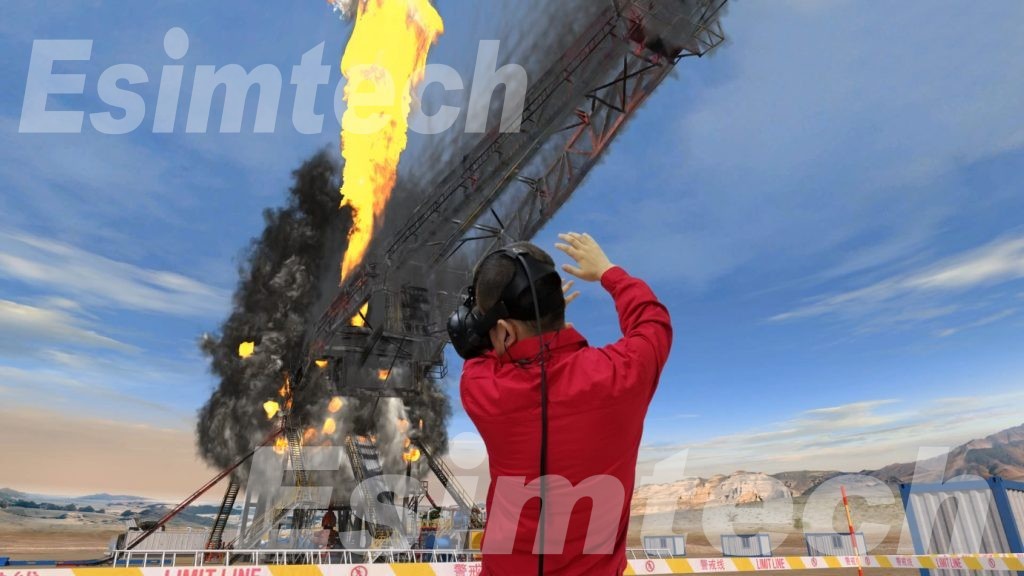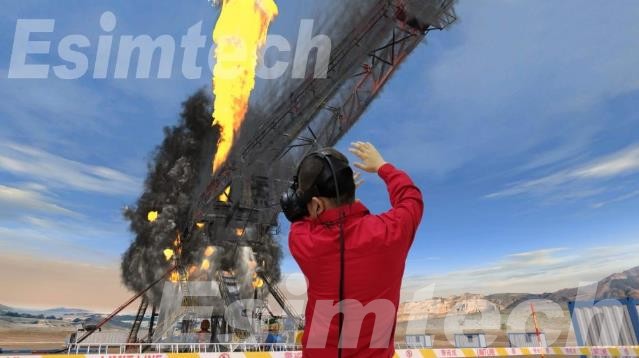VR (virtual reality) technology is to use computer rendering to generate virtual scenes and integrate the virtual scene with the real world accurately.
Finally, video display equipment is used to present the scene after virtual reality fusion to users, which greatly improves the user’s visual experience and cognitive sense.
Therefore, VR (virtual reality) technology can be well applied in the training business. The application of virtual reality and augmented reality technology in the aerospace, manufacturing and shipbuilding industry has achieved remarkable results.
The era of VR (virtual reality) in the oil and gas industry has also come.
The establishment of a safety training system based on VR technology brings new learning experiences to people in the petroleum industry and makes knowledge more three-dimensional, vivid and situational.
The interactive training based on VR technology promotes the rapid change of safety training in the petroleum industry.
GlobalData points out that the current VR applications in the oil and gas industry are mainly oil and gas operation simulation, petroleum equipment assembly and disassembly, process testing and inspection, emergency exercise simulation, etc.
What Is VR Simulator?
VR simulator refers to a virtual reality simulation system that uses computer technology to create a highly immersive, interactive, and realistic simulation environment. It typically involves the use of specialized head-mounted displays (HMDs) that provide a 360-degree view of a virtual environment, along with other input devices such as hand-held controllers or haptic feedback devices that allow users to interact with the virtual world. The VR simulator technology can be applied to a wide range of fields, including gaming, education, training, and even medical applications. In the field of oil and gas exploration, VR simulators can be used to simulate drilling and production operations in a virtual environment, allowing operators to gain hands-on experience and practice critical skills without the need for expensive and time-consuming field training.
How Does Oil and Gas VR Simulator Work?
VR oil and gas simulation is a type of virtual reality simulation technology used to create a highly realistic and immersive training environment for oil and gas operators. With our cheap oil and gas VR simulator system, trainees can gain hands-on experience in drilling, production, and other operations in a safe and controlled environment, without the risks and costs associated with field training.
In a Virtual-Reality oil and gas simulator, trainees wear specialized head-mounted displays (HMDs) that provide a 360-degree view of the virtual environment, along with other input devices such as hand-held controllers or haptic feedback devices that allow them to interact with the virtual world. The simulation environment is designed to replicate real-world oil and gas operations, including drilling rigs, production facilities, and other equipment.
Through VR training simulation for oil and gas, operators can practice and develop critical skills, such as well control, well completion, well intervention, and other tasks. This allows them to gain experience and confidence in handling complex situations, and to identify and address potential issues before they occur in real-world operations. Additionally, VR oil and gas simulation can help improve safety by allowing operators to practice hazardous operations in a controlled environment.
What Is The Hot Sale Virtual Simulation Product On Esimtech?
Southwest Petroleum University and Chengdu Esimtech Petroleum Equipment Simulation Technology Exploitation Co., Ltd. have created the best VR training simulation system for the oil and gas industry. It’s a fully-featured and technologically advanced solution that can meet all the oil industry’s training needs. We have the most popular VR training simulators pr such as VR Emergency Training Simulator, Snubbing Simulator, and Device Virtual Assembly. If you want to know about details of them, go to their corresponding product description.
VR Emergency Training Simulator
Esimtech VR emergency training simulator is a type of virtual reality simulation technology used to train individuals to respond effectively and efficiently to emergency situations. With VR emergency training simulators, trainees can gain hands-on experience in a safe and controlled environment, without the risks and costs associated with real-world emergency situations. In a VR emergency training simulator, trainees wear specialized head-mounted displays (HMDs) that provide a 360-degree view of the virtual environment, along with other input devices such as hand-held controllers or haptic feedback devices that allow them to interact with the virtual world. The simulation environment is designed to replicate real-world emergency situations, such as Blowouts, explosions, H2S leaks, etc.
Snubbing Simulator
Esimtech snubbing simulator is a type of training tool used to train oil and gas operators in the process of snubbing, which is a technique used to safely control the pressure in a wellbore during drilling or production operations. The snubbing process involves the use of specialized equipment and techniques to insert or remove pipe or tools from the wellbore under high pressure. A snubbing simulator is designed to replicate the process of snubbing in a safe and controlled environment. Trainees use specialized equipment to practice snubbing techniques and procedures. The simulator is designed to replicate real-world snubbing operations as closely as possible, allowing trainees to gain hands-on experience and practice critical skills in a safe and controlled environment.
Device Virtual Assembly
Esimtech device virtual assembly is a process that uses computer-aided design (CAD) software to create a virtual representation of a device or product. The virtual model can be used to simulate the assembly process, allowing engineers and technicians to test and optimize the design before production. This can help reduce errors and costs associated with physical prototyping and testing. It can be used to simulate the assembly of drilling rigs, production equipment, or pipelines, allowing engineers and technicians to identify potential issues and optimize the design for maximum efficiency and safety.

